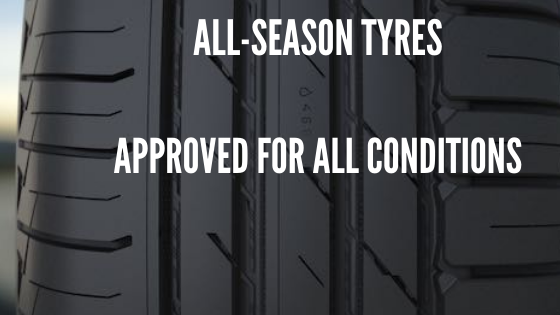The EU tyre label is on every tyre that is sold within the EU. It indicates values on fuel efficiency based on the tyres rolling resistance, which causes the car to consume more fuel. You can also see the wet grip based on braking distance and then tyre noise. Since these are tested in warm temperatures, they are more representative of summer tyres than winter tyres. Winter tyres should be tested at minus degrees, so the snow or ice grip would be more relevant here.
The EU tyre label, despite its limitations, is great and adds a lot of value as additional information to when you select tyres. You do, however, have to realize that it has its limitations. It is meant to add information but not provide critical decision information. If you need a good set of summer tyres, you will start looking at how well they perform on wet and dry roads. You might also need to check if they are suitable for an electric vehicle or hybrid. Once you have settled on a few key criteria for the tyres, the EU tyre labels information will add value to the final selection process.
For winter tyres, it is very important that you select tyres that are optimal for what you need them for. You must start with if you are going to purchase studded tyres or non-studded ones, which might be affected by local legislation. Motor magazines tend to help with this, as with their tyre tests, you can find out which tyre wins the tests. They tend to test a lot of different popular tyres, and they tend to have different categories.
You also have the all-season tyres, which can work both for summer and winter conditions. The EU tyre label works quite well for all-season tyres, as they are meant to handle the whole temperature spectrum. And the wet grip will be important for when you use them during the summertime. The tyre tests should give an indication of how well they will perform in winter conditions on ice and snow.
Whatever tyre that you are looking for, you should always try to make sure that you purchase premium tyres of high quality. Premium tyres have the advantage that they will have lower rolling resistance, which can be seen on the EU tyre label as lower fuel consumption. The advantage of low rolling resistance is also that they have lower wear so that they actually last longer. Both these factors make a price difference justifiable versus the cheaper tyres that are available.
Tyres will last longer if you keep the air pressure at the correct level. You also need to rotate the tyres between tyre changes, and if you use all-season tyres, you need to make sure to rotate the tyres at least two times per year and possibly more often if you have an electric vehicle of hybrid.
For more information on how to best use the EU tyre label, check: https://www.nokiantyres.com/
